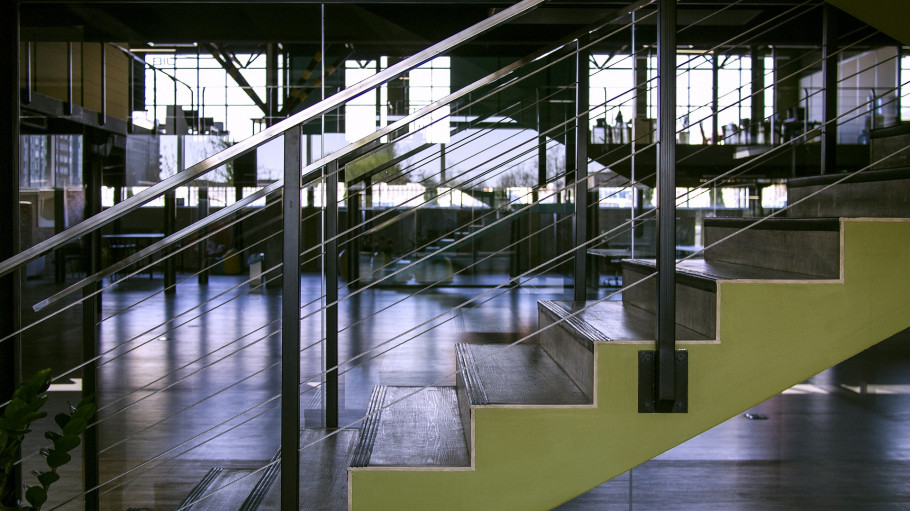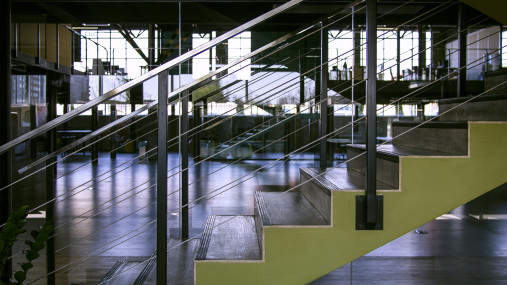A plan of action: A Green Deal on Steel
Agreement on a comprehensive plan for green steel is required to allow companies and investors
today to make investment decisions for next decade. We welcome the approach of the German EU
presidency in setting out an action concept for the steel industry. This initiative can and should serve
as the basis for agreement on an action concept at an EU level, with a coordinated approach for the
EU’s industry, climate, energy, trade, recovery, and related policies.
An action plan shaping markets for green steel, the circular economy and a global level playing field
would address the following policy fields:
- Trade Defence: Apply EU Trade Defence Instruments (TDI) without inhibition to effectively tackle third country trade distortions and their domestic industry support schemes. Adapt TDI to the new global reality of third-country distortions which are detrimental to the EU economy and jobs.
- EU Steel Safeguards: Extend the safeguard measures beyond June 2021, if the U.S. Section 232 trade distortion, which plays directly against EU interests, is not revoked.
- Carbon Border Measure: Set it at an effective level, complementary to existing carbon leakage provisions in a transition until a market for green steel is established in the next decade.
- Recovery Plan for Europe and Green Transition: Allow access for steel projects on national and EU level. Secure complementarity with, and access to, other funding schemes, such as the Innovation Fund, Just Transition Fund, and IPCEIs. Adopt the Clean Steel Partnership.
- Aid Guidelines and Green Transition: Agree on fair compensation of indirect CO2 costs. Fully implement the new ETS Aid Guidelines which in phase 3 cover not even 50% of steel’s real indirect costs. Encourage member states, where compensation is not applied, to do so. The Environmental and Energy Aid Guidelines (EEAG) should support the CO2-low transition, e.g. through Contracts for Difference, to de-risk investment in low carbon products/solutions by covering the difference between costs of conventional and CO2-low steelmaking.
- Circular Economy: Keep ferrous scrap in the EU for proper treatment and quality improvement. No scrap should be exported to facilities which are less sustainable than those in the EU. Give preference to permanent and circular materials so as to achieve EU circular economy objectives.
- Eco-Innovation: Grant credits for ‘green materials’ in downstream sectors, e.g. through the EU automotive legislation. Set public procurement incentives for green materials in products.
- EU ETS: Introduce a force major clause to avoid undue impacts of COVID-19-related temporary production cuts on the amount of free allocation in the post-2020 period.
- Sustainable Finance & Taxonomy: Base sustainability thresholds for steel on standard EN 19694-2 which considers steel’s process interconnections along the value chain, and not on unsuitable ETS benchmarks. A scrap sourced iron content of 90% in the Electric Arc Furnace route (EAF) is feasible for carbon steel. But for stainless and other specialty steels set a threshold considering the share of alloys. Include Carbon Capture Use and Storage (CCUS) as sustainable.
- CO2-footprint: Work on CO2-cost based on CO2-footprint through the value chain (full life-cycle).


